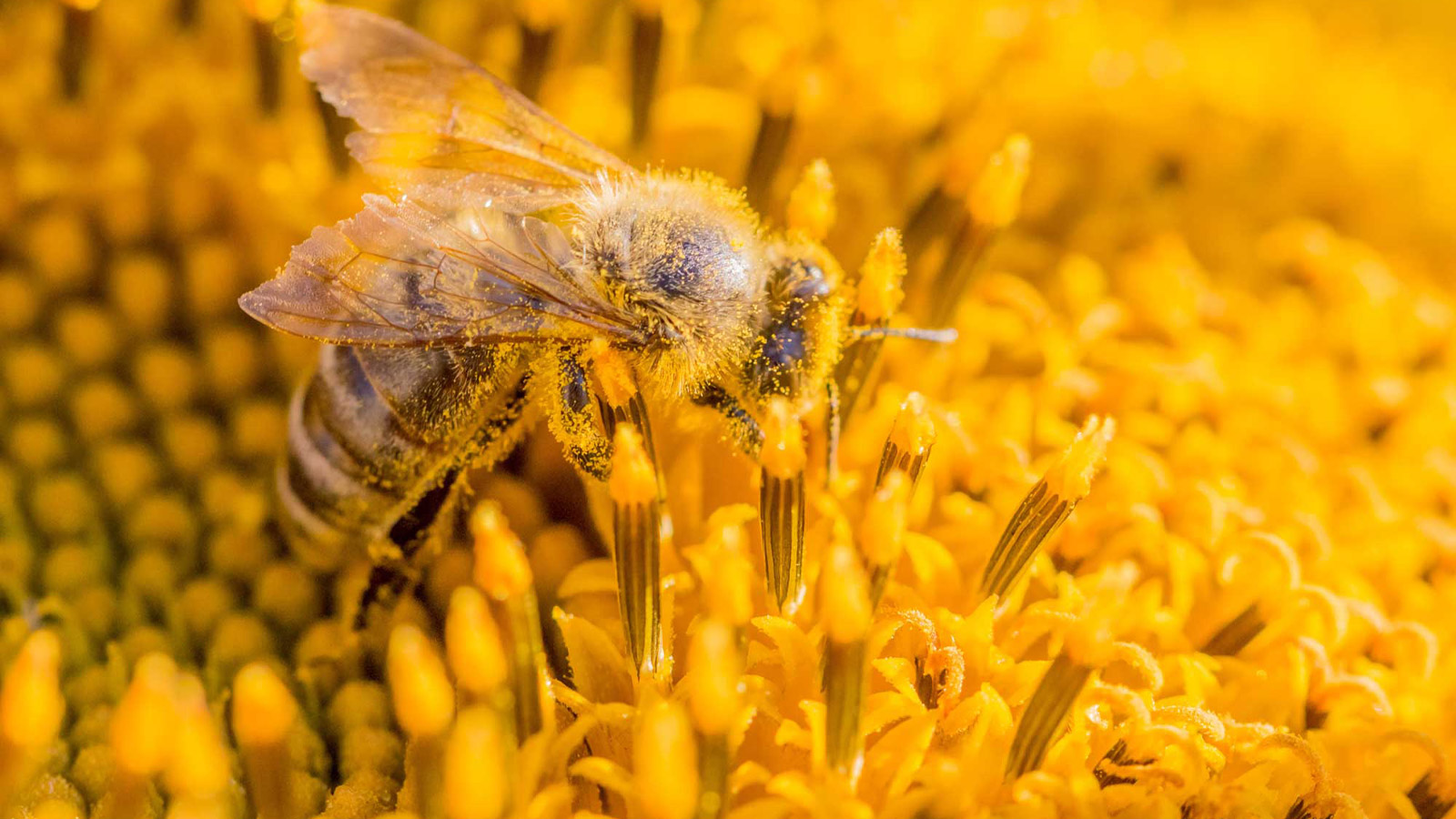Natural capital is the world's stock of natural resources. From forest to subsoil, and from mineral to metal. Fossil energy sources, wind, water and sun are also included. Natural capital is therefore the basis of our economy. In order to initiate the transition to a circular economy, it is important to learn to close the cycles of these natural capital flows. Because every year we take in more natural capital than the earth produces.
Non-renewable natural capital
Natural capital can be divided into different categories. Some of the natural resources are not renewable. Natural gas and petroleum, for example. We heat our homes with natural gas. And petroleum is made into petrol. We ride it, and after consumption we can no longer use this source.
Renewable natural capital
Another part is renewable. We can draw endlessly from those natural resources. Think of the wind with which we can generate energy. And think of the sun and the heat that we can extract from the earth. Those resources are inexhaustible.
Natural capital that can be depleted, but renewable
Then there are sources that can become exhausted, but can also be reused. The condition is that we take good care of it. We will have to maintain and restore the natural ecosystem to avoid depleting those resources as well. That means that we have to learn to close the cycles.
Metals in wind turbines
A simple example of this natural capital flow is metal. We extract metals from the earth and are becoming increasingly scarce. We use these rare metals in wind turbines for clean energy, for example. If we do not feel responsible for the reuse of these metals, we will continue to use up the planet. We will have to recover the metals in a smart way, so that they are preserved and can be reused in our ecosystem.
A challenging assignment
Maintaining and restoring natural capital is a challenging task. That's because our economic system has been linear ever since we knew it. And this linear economy is still growing, just like the world's population. The same applies to the global mountain of waste and the confiscation of raw materials. The use of raw materials is expected to triple by 2050.
Managing natural capital offers countless opportunities
With the right knowledge and support, managing natural capital also offers countless opportunities. Opportunities to do better tomorrow. Better for the Earth. And better for business. In the case of wind turbines, it's important to take disassembly and reuse into account in the design of the turbine. The processing of the metals after the use phase can also be made circular. In this way the raw materials remain in the chain. You can also experiment with new revenue models. Materials and products remain the property of the manufacturer; as-a-service contracts are concluded. The possibilities are endless, as are the opportunities.
Always in control over natural capital
What is certain: the better an organization is able to take control of its natural capital itself, the greater the chances of using and reusing raw materials for as long as possible. And the better the prospects for profitable sustainability. That makes raw materials management an essential part of every business operation.
More information about natural capital










